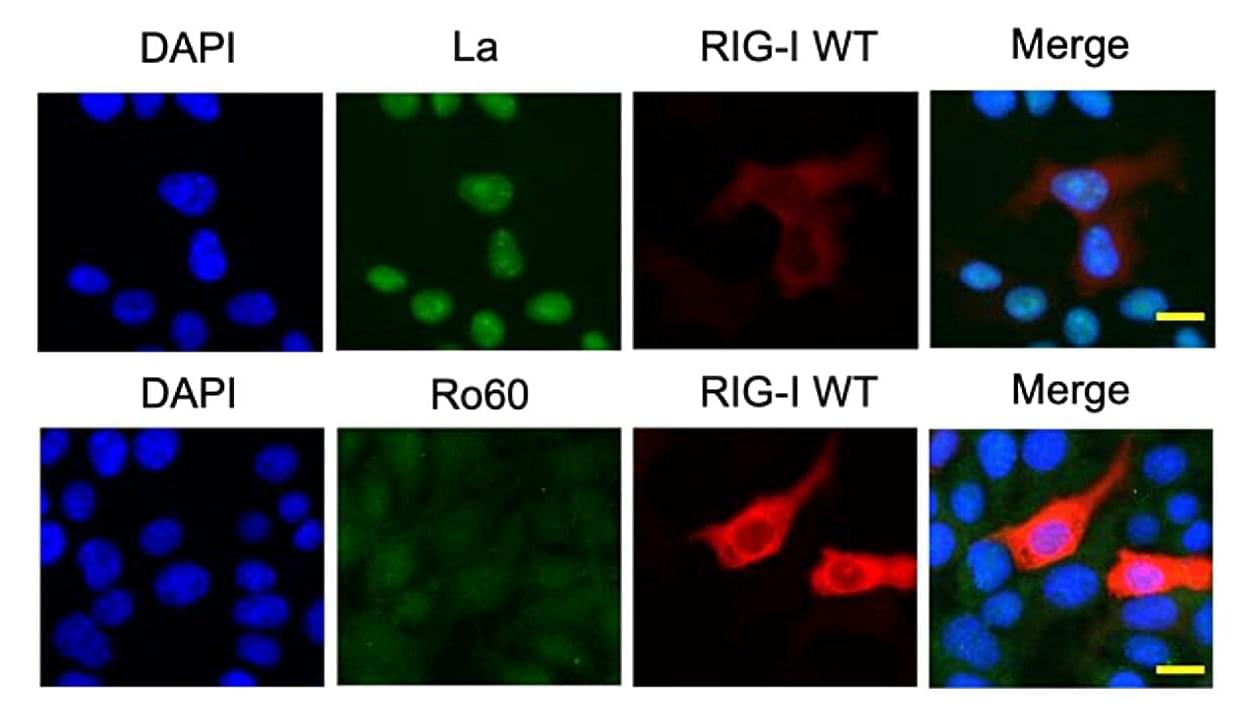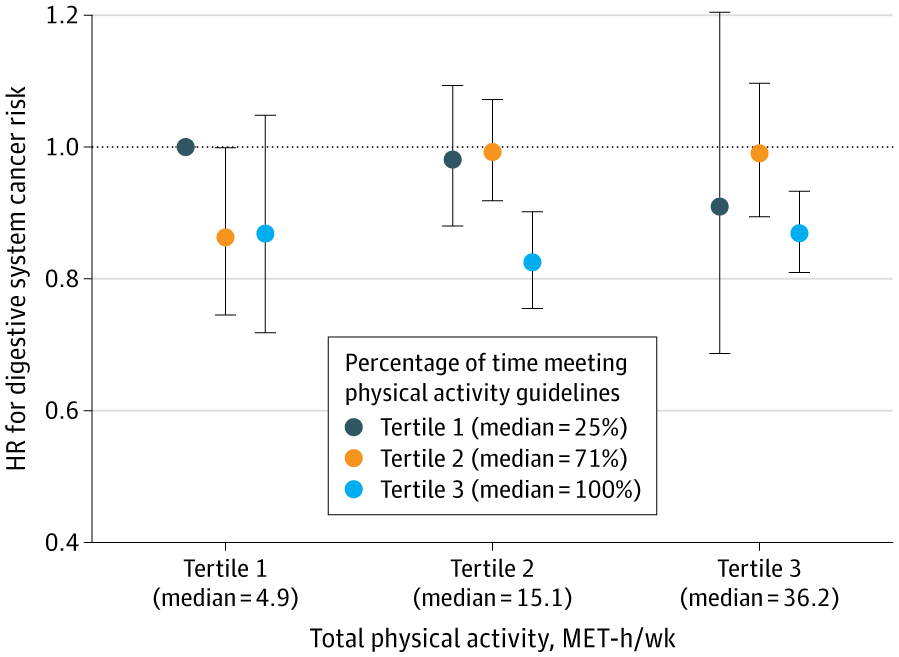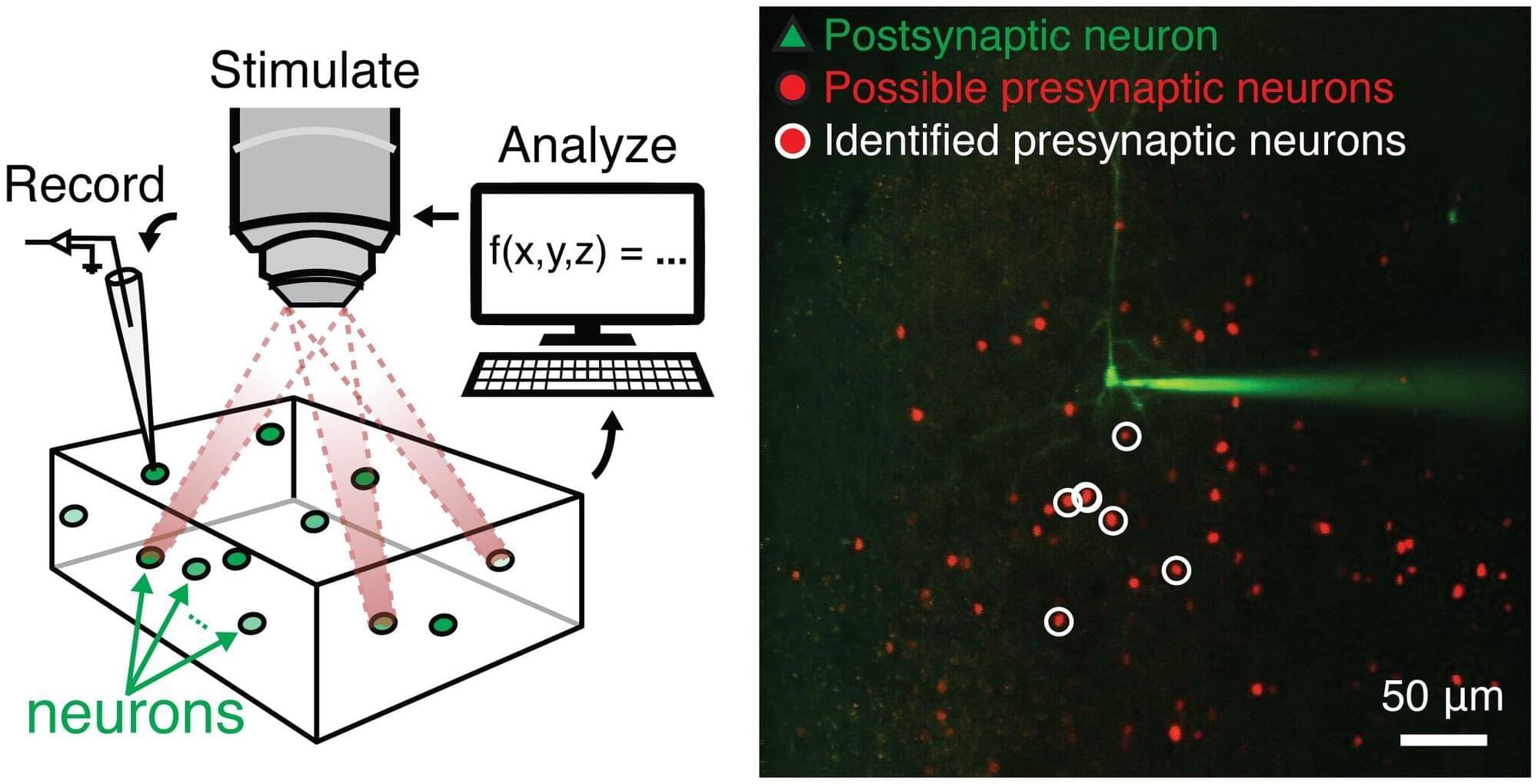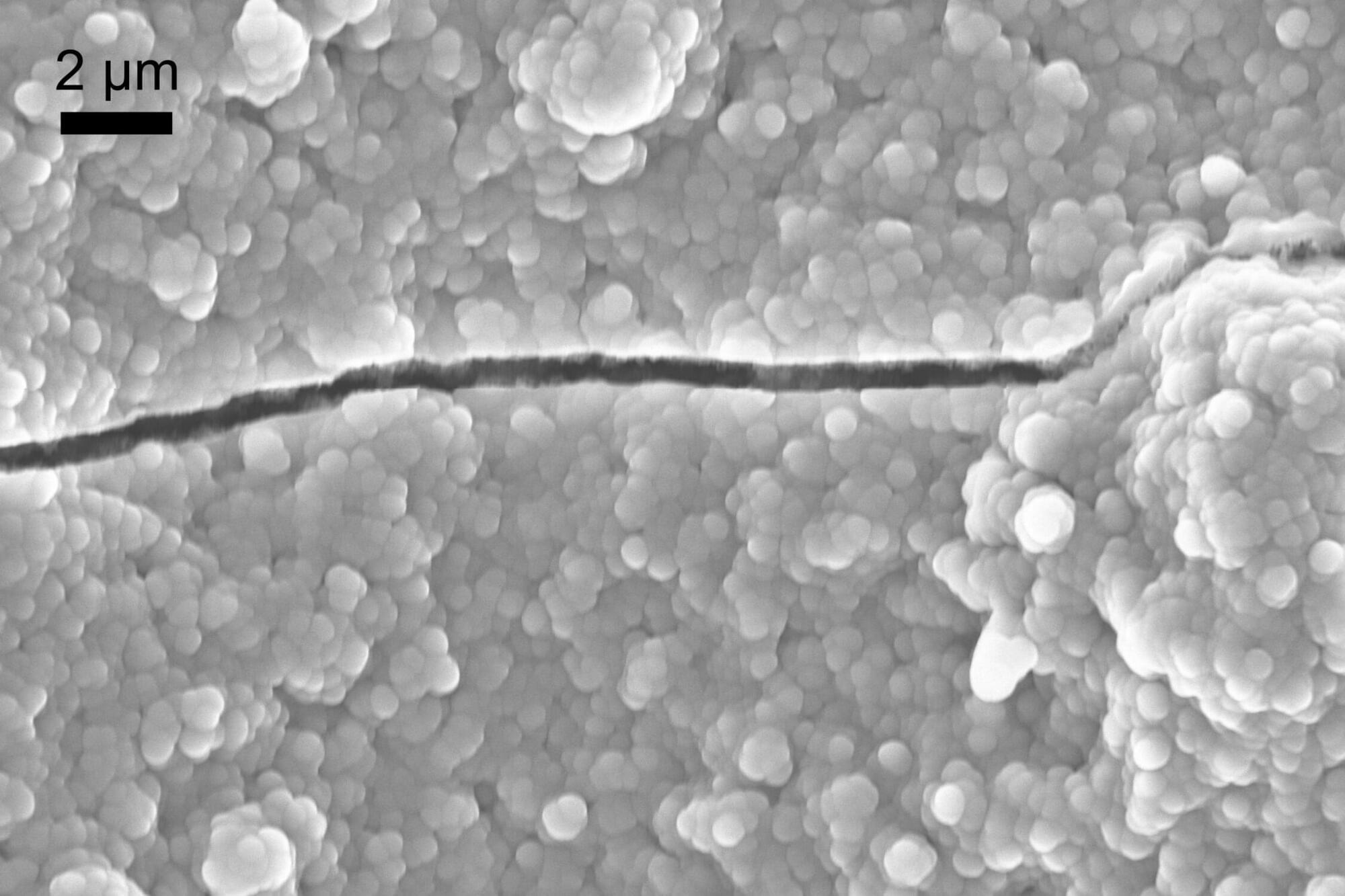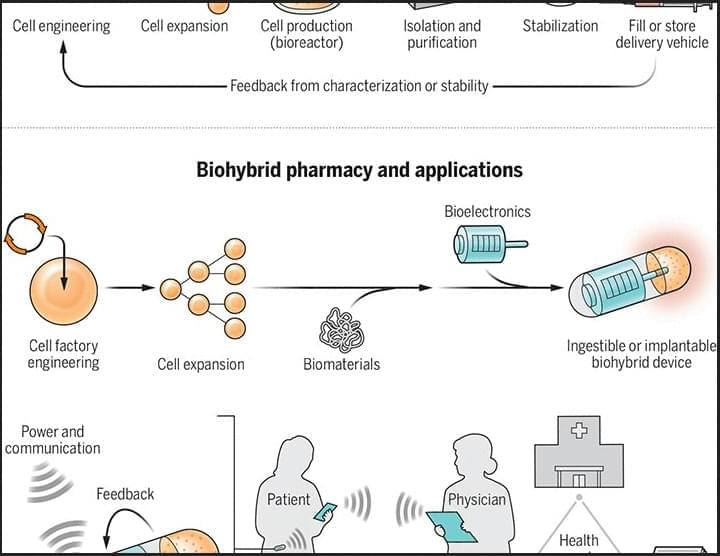Researchers at the University Hospital Bonn (UKB) and the University of Bonn have discovered how a small, naturally occurring RNA molecule in the kidney activates a mutated immune receptor, triggering a chain reaction.
In cooperation with Nanyang Technological University Singapore and the University Hospital Würzburg, among others, the study provides an explanation of how a point mutation in the immune receptor RIG-I transforms the body’s defense system into a self-destructive force and causes severe organ-specific autoimmune diseases.
The results have been published in the journal Science Immunology.
